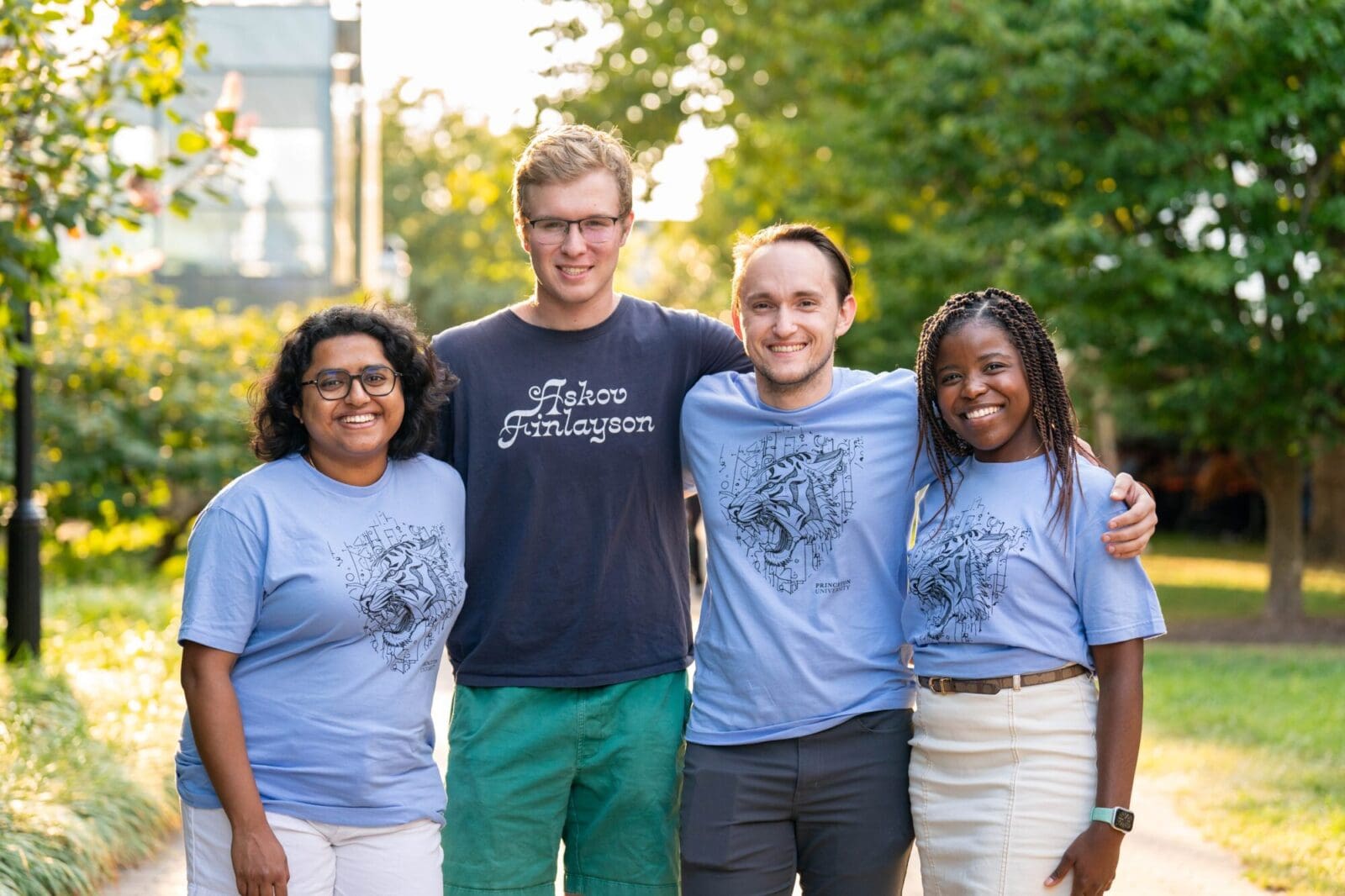This diversity dashboard serves as a platform to understand our current demographics.
Faculty
Faculty data current as of Sept. 1, 2024
Undergraduate Students
Undergaduate student data current as of Sept. 3, 2024
Graduate Students
Graduate student data current as of Oct. 15, 2024
